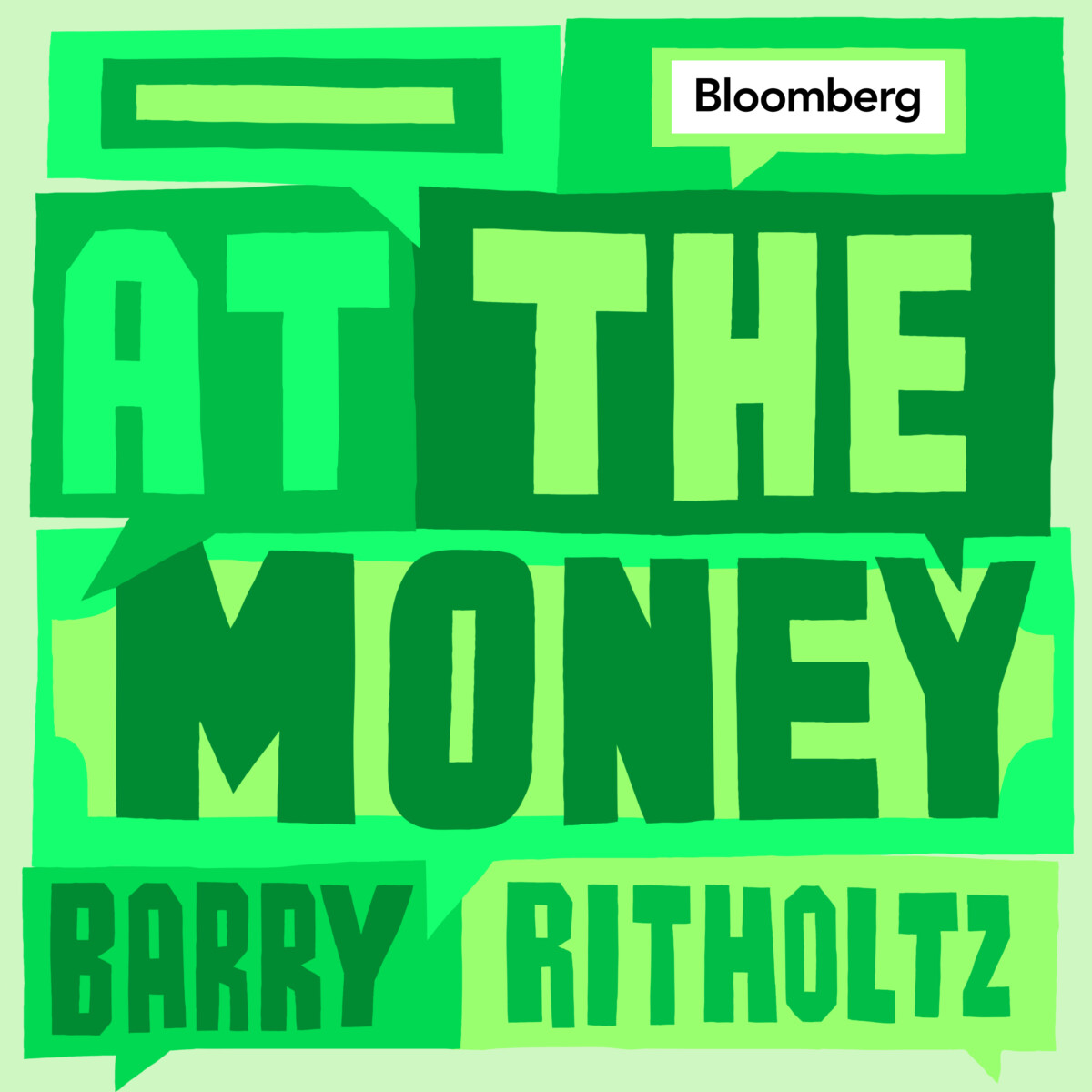Finding mistakes in the media is like shooting ducks in a barrel. But I hope today’s post will do more than take a few potshots, I am going to try to illustrate some fundamental problems with macroeconomics.
The Economist has an interesting article discussing the inflation that hit Europe in the period around 1500-165o. They point out that currency debasement does not provide an adequate explanation:
Spain stopped debasing entirely from 1497 to 1686. Some historians, therefore, follow Bodin and say that demand-side explanations by themselves are insufficient. They also look at what was happening across the Atlantic, the source of a huge supply shock to Europe’s economy.
In about 1545 people discovered vast silver deposits in Bolivia. Potosí, the centre of this lucrative new industry, became perhaps the fifth-largest city in the Christian world by population (after London, Naples, Paris and Venice). In the first quarter of the 1500s just ten tonnes of silver had arrived on Europe’s shores. By the third quarter of the century Europe imported 173 tonnes. Spain, where much of the metal arrived, initially experienced especially high inflation—but it then spread across the rest of Europe, as far as Russia.
This left me scratching my head. The first paragraph suggests that demand side explanations are not adequate, and that we need to consider supply shocks. But the second paragraph discusses a demand shock, the huge increase in silver production out of Potosi. In those days silver was money, so the second paragraph is essentially describing a big increase in the money supply. Why does The Economist describe it as a supply shock? The supply of money impacts aggregate demand, not aggregate supply.
Eventually, the great inflation came to an end. Population growth slowed, reducing demand for goods and services.
I had to frequently correct my students on this point. Slower population growth reduces aggregate supply, not aggregate demand. This would actually increase inflation. The Black Death was inflationary because it killed people but didn’t kill silver coins. It was a negative supply shock. Population growth does not boost aggregate demand, at least in the long run (which is what is being considered here.) Rapid population growth in the US during the late 1800s caused deflation, as output rose faster than the money supply (which was pegged to gold at the time.)
I suspect that most people (and even some economists) have an idea in the back of their minds that AS/AD is sort of like supply and demand. Not so, the two models are completely unrelated. More supply of money means more demand for goods. For any given money supply, more people means more aggregate supply, with little or no change in aggregate demand.
Wouldn’t there be more people out shopping if the population increased? Yes, but each person would possess fewer silver coins. Thus the total amount of nominal spending (aggregate demand) does not increase when the population rises. If you prefer, an increase in Y reduces P, holding M*V constant:
M*V = P*Y
Any intuition you have for ordinary S&D simply does not carry over to aggregate supply and demand.
PS. The Economist article is actually very good, despite my quibbles, and well worth reading.
(6 COMMENTS)
Source link















